First ride: Scott USA's Scale 949 29er
Scott’s continual carbon development highlighted by 949g frame
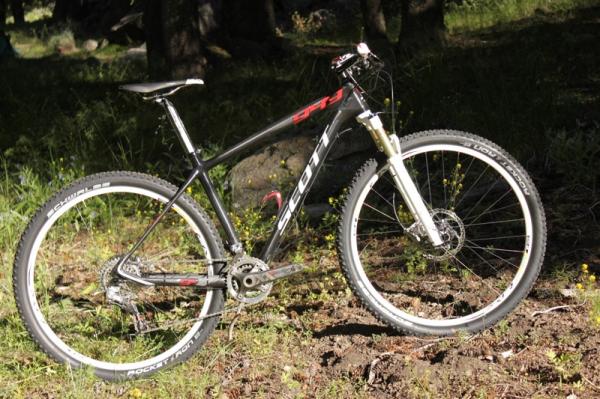
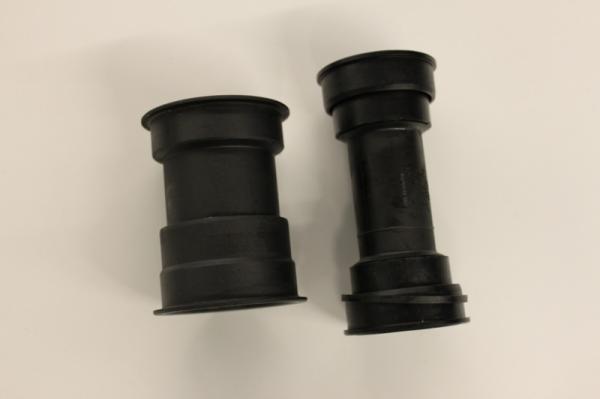
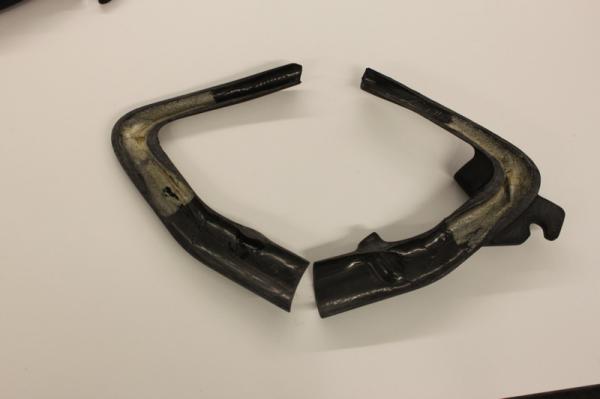
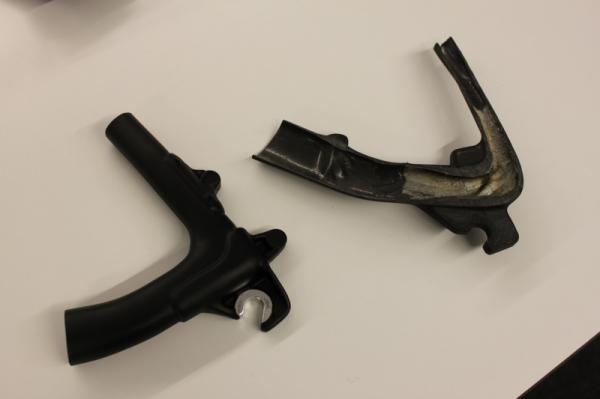
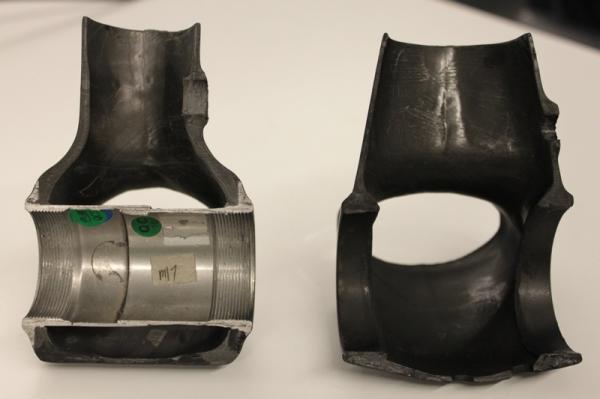
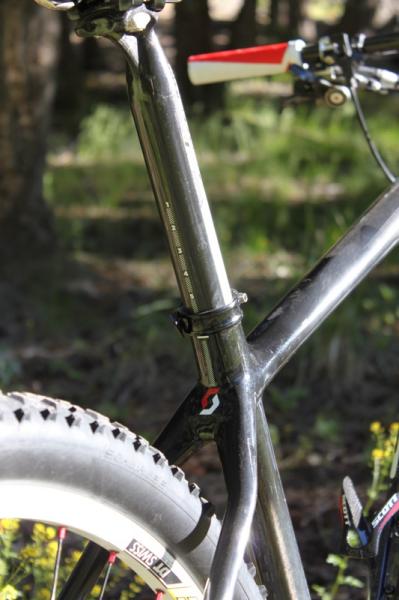
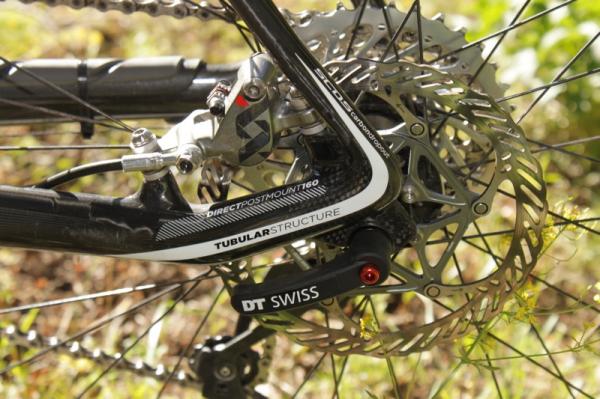
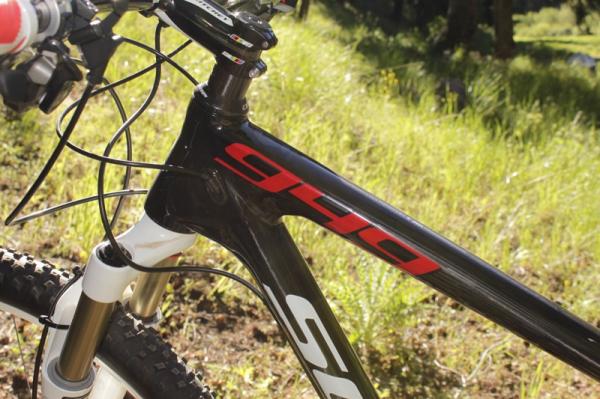
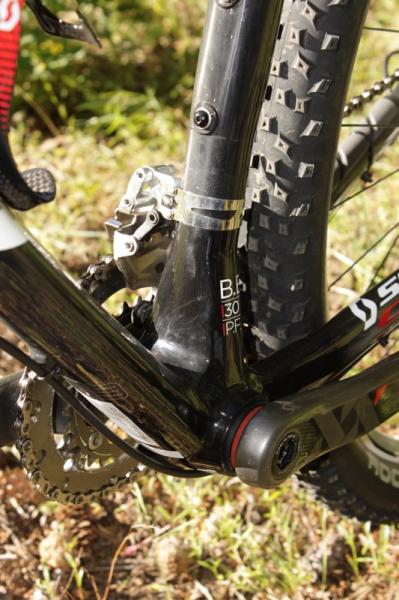

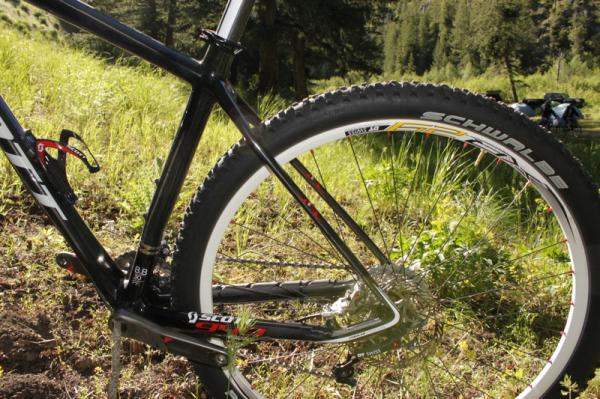
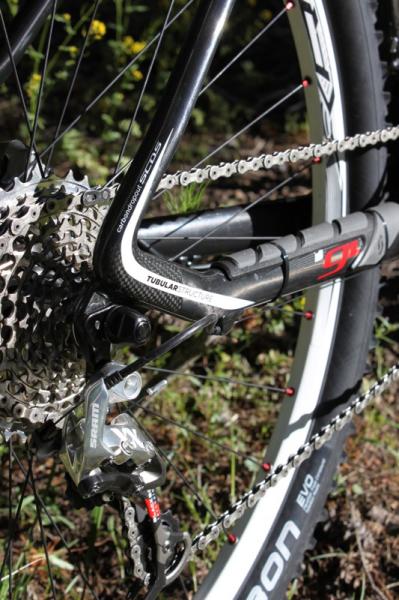
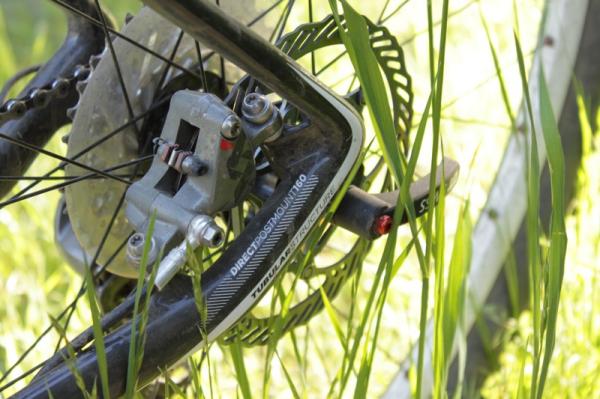
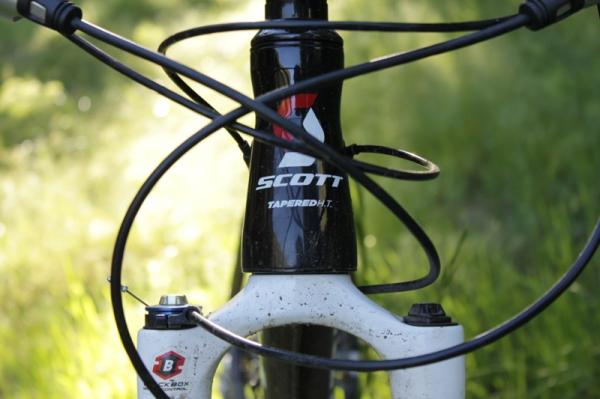
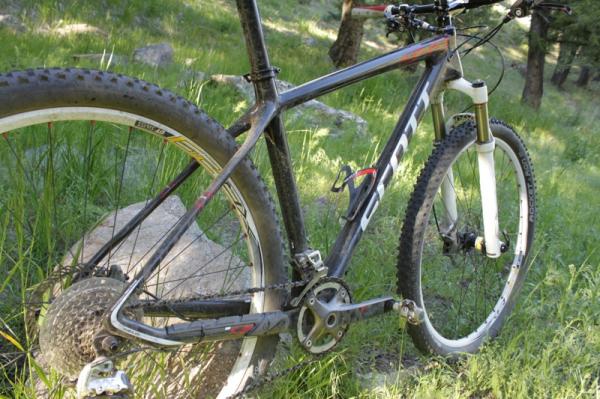
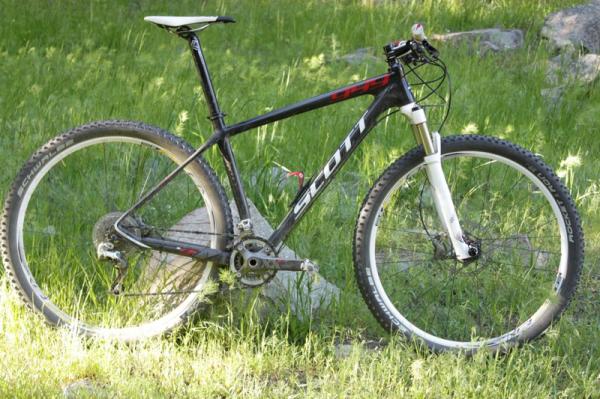
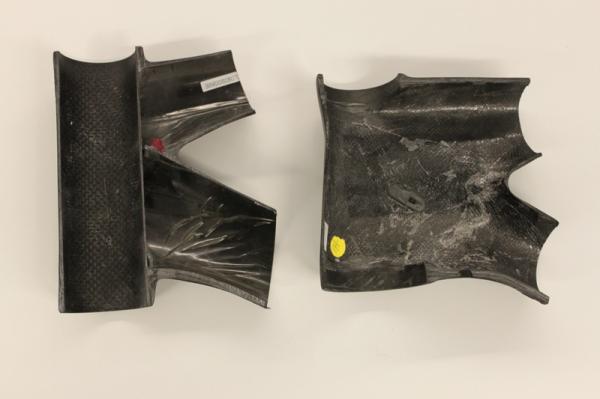
Scott’s new Scale 29er frame is guaranteed to weigh 949 grams, regardless of size with its disc mount and derailleur hanger, but without seat collar. That’s less than many ProTour level road machines. It’s an incredible achievement that’s made more impressive by the frame’s on trail performance.
A good bike is impressive in its first ride and the Scott 29er makes an impression from the first pedal stroke. First off its weight hovers around 20lbs (9.07kg) with a high-end, but not exotic, build - SRAM XX group, Ritchey WCS cockpit, RockShox Reba 29 with 20mm thru-axle and DT Swiss 240 level wheelset.
Going up hill the bike is impressive because of its lightweight and head tube, bottom bracket and chainstay stiffness and short 438mm chainstays. It begs to climb in the XX crank’s 39-tooth big chainring and easily scoots around 180-degree switchbacks.
Point the Scale 29er down the fall line and the benefit of the tapered head tube and 100mm travel fork with 20mm axle [the production versions will either have 15mm thru-axles or 9mm open dropouts] are immediately apparent. You can push the bike through banked corners and the bike will pop out like a 26in wheeled bike.
As part of the redesign of the Scale, Scott lowered the 26in wheeled bike’s bottom bracket back to the original measurement of the previous bike’s geo when spec’d with a 80mm fork. The use of a 100mm fork with the old frame geometry added 10mm to the bottom bracket height, which is a considerable change and not ideal. Scott then matched this metric with the 29er. The low bottom bracket and the short 438mm chainstays are what make this big wheeled bike pop.
In addition to the bottom bracket height changes, Scott also added 5mm to the head tube to eliminate the need for a lower spacer, or at least so that one can be eliminated, since Scott found that everyone, including its World Cup racers would use one spacer below their stems.
Essentially, it was a sign the head tube was too short on the previous bike. The top of the 29er’s head tube is 42mm higher than the 26in bike. The bikes have a longer top tube, by 10mm, which is offset by a shorter stem, which produces the same overall reach as the old design, but with better downhill handling characteristics of the shorter stem.
Get The Leadout Newsletter
The latest race content, interviews, features, reviews and expert buying guides, direct to your inbox!
The Scale’s 29er geometry makes for an easy transition and no weird handling issues; key measurements include a 69.5-degree head angle, 72.5-degree seat tube angle, 310mm/12.2in bottom bracket height and 438mm/17.2in chainstays. Since the geo seems spot on, its easy to move onto the most impressive feature built into this frame - the compliance engineered into the rear triangle via a flexing seatstay design similar to the latest CR1. The bike has a measureable amount of vertical flex, which Scott claims at 4mm.
We cannot verify the amount, but the rear end does flex noticeably in the vertical plane. While it’s not enough to make a difference when jamming on really bumpy flat trail - you still have to stand up, unlike a good full suspension bike - the design makes a considerable difference by taking the edge off rough descents. The bike is smoother and big hits are noticeably damped.
“It’s not enough to be just lightweight; it’s not enough to be just stiff, we needed to design some comfort into the bike,” said Joe Higgins, one of Scott USA’s in-house engineers. “The SwissPower team says they’re happy on most of the World Cup courses on a hardtail, but they do want some sort of shock absorption and the approach we’ve taken at Scott is to design flex into the seatstays.”
The flattened oval seatstays with a specific carbon lay up that’s engineered to flex are the key component to the design. Paired with stiff chainstays most of the movement comes over the middle two-thirds of the seatstays giving the wheel the ‘travel’. The Scale is equipped with a 34.9mm seat post, because the SwissPower riders want the least movement in the critical relationship between their butts and feet; or on the bike, pedals and seat.
With extensive experience on many of the competitors’ equivalent bikes, our first ride on the Scale 29 was impressive. The bike is excellently executed in terms of both geometry and its ride quality. Add to that the fact that it’s a clear leader in terms of weight and it will be impossible for those looking for the ultimate hardtail to ignore it.
Construction: moulding efficiencies make it lighter
The ride quality is the best performance feature of the new bike, but its weight will be the most talked about. The Scale 29er built with HMX carbon fibre is guaranteed to not weight more than 949g, no matter the size, and could be as light as 929g. The Pro level model frame built with lower modulus HMF fibre is said to weight around 100g more.
The Scale 29er shares its design with a 26-inch frame that Scott guarantees to be less than 899 grams. They’re both cross-country racing rigs, though, the 949 is much more versatile to average riders than the 899, which is most at home on the World Cup race course; it's newly built for the world champion, mind you.
In shaving weight Scott didn’t cut corners on performance. According to the company, the new bike is stiffer, laterally, in key areas, including steering and pedaling. The previous Scale was made using the CR1 tube-to-tube construction process; the new bike uses Scott’s proprietary IMP moulding process.
As a refresher, Scott’s IMP moulding is the process of co-moulding tubes using a secret internal mould in conjunction with the outer mould. The result is an internal surface that’s smooth, clean and free of wrinkles that trap excess resin, thus add weight.
The front end uses an IMP3 mould, in which its tapered head tube, top tube and down tube are moulded as one piece. Both pedaling and steering stiffness are bolstered in the new bike, due to the ability to match a larger down tube to the larger lower head tube. The IMP moulded PF92 press-fit bottom bracket shell and seat tube also adds pedaling stiffness.
Finally, and possibly the most impressive technological development is the IMP moulded rear chain and seatstay combination, due to its tuned compliance. Scott claims lateral stiffness of the new stays is increased by 10 percent, while they lose 25g when compared to the previous design.
The three IMP components are then joined using the CR1 tube-to-tube process.
The biggest benefit of the tubular one-piece stays are their engineered flex, but should also be noted for their full carbon construction and 160mm post mount brake mount, which doesn’t need an adaptor. You may wonder why Scott didn’t give the new Scale the ability to accept a 140mm rotor to save additional weight; that has to do with the mount’s chainstay placement. Scott couldn’t easily move the 140mm mount back far enough without negatively affecting the designed compliance or adding what it considered unnecessary weight.
New construction processes serve to eliminate almost all of the metal from the new Scale frame. The only metal found moulded into the frame is the two threaded post mount brake attachment inserts, which are now located on the chainstays and a single threaded hole for a chain watcher. The dropouts are carbon; the press-fit bottom bracket is carbon, and the head tube fully carbon accepting zero stack style press-in inserts.
By comparison, the previous generation Scale, only available with 26-inch wheels, had aluminum dropouts, international standard disc brake mount and 73mm bottom bracket shell.
The Scale 29er solely relies on the PF92 press-fit standard, while the 26-inch models are split between BB30PF (relies on a BB30 crank) and the PF92 design for the lower tier models. The PF92 design allows the use of most 24mm cranks giving more options, particularly at the price point level, which is why its used on the 26in model. It’s used solely on the Scale 29er because it also offers a wider chainstay stance, which is critical for tire clearance and makes the use of the 438mm chainstays possible.
The new Scale routes its shifter cables internally, while the rear brake line is routed externally on the down tube. Scott’s Scale 29er will not be available in a small size because they do not believe in the big wheels benefit for smaller riders; instead it offers medium through extra-large.
Based on an identical specification, Scott claims that the 29-inch model adds 700g over the smaller wheeled model; obviously all but 150g comes from the components and much of that weight comes from wheels and rubber.
The top of the line Scale 29 RC costs US$6299.99 with a Fox F29 Remote fork, SRAM XX group and DT Swiss XR-29 wheelset, which is a basic equivalent to what we rode during Scott’s introduction, thus can be expected to hit right around the 20lb mark for the complete package.
The Scale 29 Pro sits a step down, yet sports the same frame design with lower modulus HMF carbon, which adds roughly 100g; at a very reasonable $2399.99 with a Reba 29 SL fork and mix of SRAM X7/X9 and Shimano components. Scott will sell the high modulus HMX carbon frame alone for $1899.99.